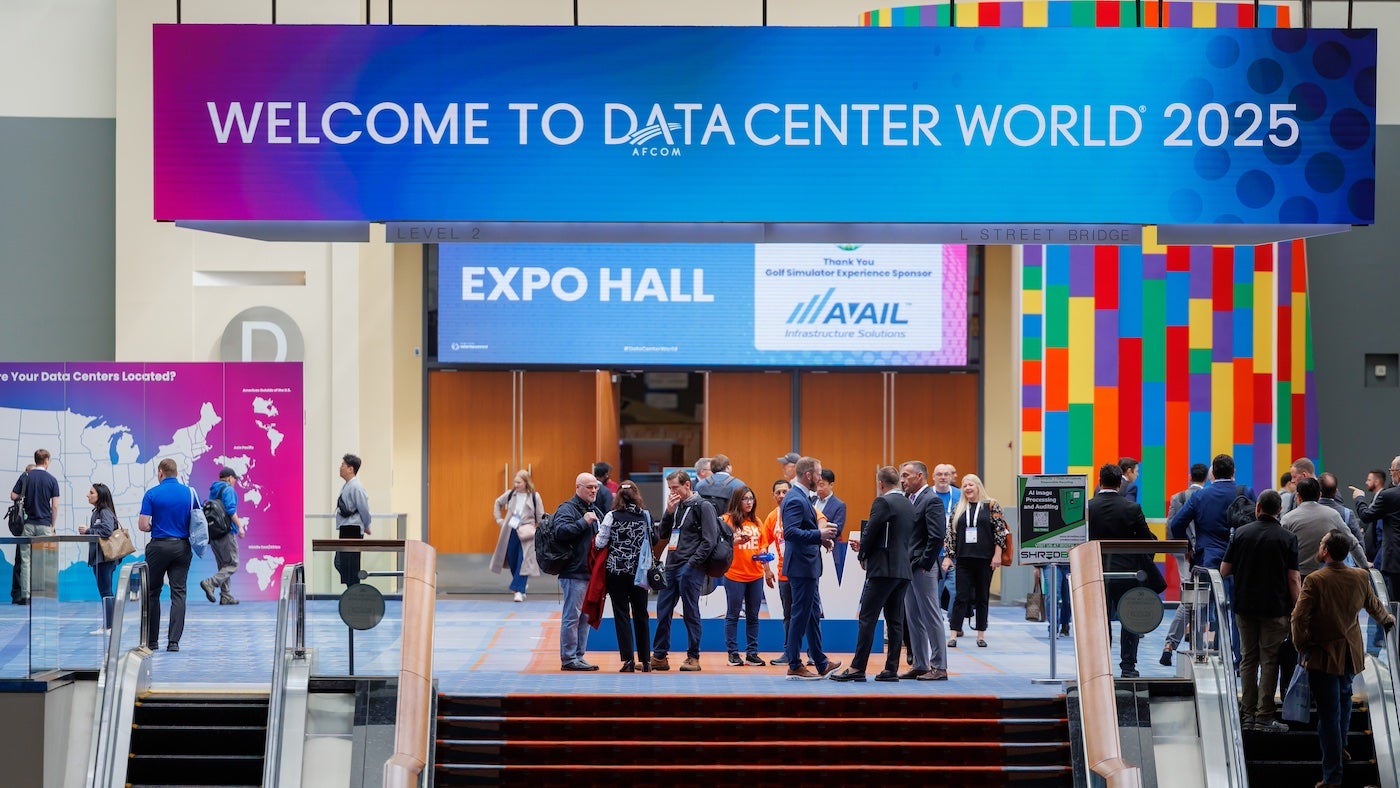
Kevin O’Leary — better known as “Mr. Wonderful” from ABC’s “Shark Tank” — made a surprise appearance at Data Center World 2025 in Washington, D.C. What’s a venture capitalist doing at a major IT event? He’s building the world’s largest AI factories, and he’s ready to talk about it.
The project, called Wonder Valley, is a massive off-grid AI data center under construction in Alberta’s Municipal District of Greenview in Canada. Purpose-built for AI workloads, the facility will span 6,000 acres and boast a staggering 7.5 gigawatts of power capacity. The initial phase of 1.5 GW is expected to complete in the 2027-2028 timeframe at a cost of $2 billion; the remainder will be added gradually over the next few years.
“Data centers are today’s gold rush,” said O’Leary during his keynote. “AI is in high demand, and the strongest market is in companies of 5 to 500 employees.”
Bypassing lengthy regulatory and grid interconnect delays
O’Leary explained how difficult it can be to build and power a new data center.
He said the regulatory environment is difficult; there are many permitting and approval hurdles to overcome. Utilities prefer to take half a decade or more to deliver power to new customers. He gave an example of a data center asking for 250 MW now and 250 MW more in two years. The response: 25 MW was all they could get — but not for another three years.
“If you want to attract investors, you have to get a project operational within 24 months,” said O’Leary. “We had to figure out how to pull this off when there was no power available on the grid.”
Solution: Find sources of stranded power, specifically large quantities of natural gas that may not have easy access to the market. In that order, he found the best sources: Alberta, North Dakota, West Virginia, and Virginia.
“Alberta, Canada, is the motherload in North America with about 10 times the natural gas of all others,” he said.
Creating a data center with sustainability and citizens in mind
Wonder Valley is big on sustainability and community value. As well as being the world’s biggest data center, the campus will be surrounded by nature trails and wilderness areas. It can operate entirely off the grid, but the owners plan to provide power to the local community.
The region has an abundance of everything required: land, natural gas, fiber, people, infrastructure, a local polytechnic, hospitals, and more.
“The capital cost of an AI data center is so high that you have to build big,” said O’Leary. “We are looking for other sites with similar characteristics to Alberta and where the government is keen to help.”
More Data Center World 2025 coverage: NVIDIA’s Vision For AI Factories | Industry Analysts’ Take on How AI is Revolutionizing Data Center Power and Cooling
The “Shark Tank” celebrity complained to the Data Center World audience about the poor sales job the industry has done in recent years. New data center projects frequently provoke intense local antagonism; he recommended a change in approach.
Instead of taking power from an already constrained grid and driving up electricity rates in a community, go in with a plan that includes adding power to the area — and have enough power available to give some of it to the locals so their electricity rates don’t rise.
“Arrive in town to build more power for them at low cost, to provide lots of construction jobs for locals, to set up training of technicians who will man the facility, to eliminate flaring of natural gas to lower emissions, and to bring in tax revenue by buying stranded natural gas assets,” said O’Leary. “Everything comes from the availability of power in abundance. Stranded natural gas is inexpensive, clean, and we can even put the carbon underground rather than emitting it into the atmosphere.”











